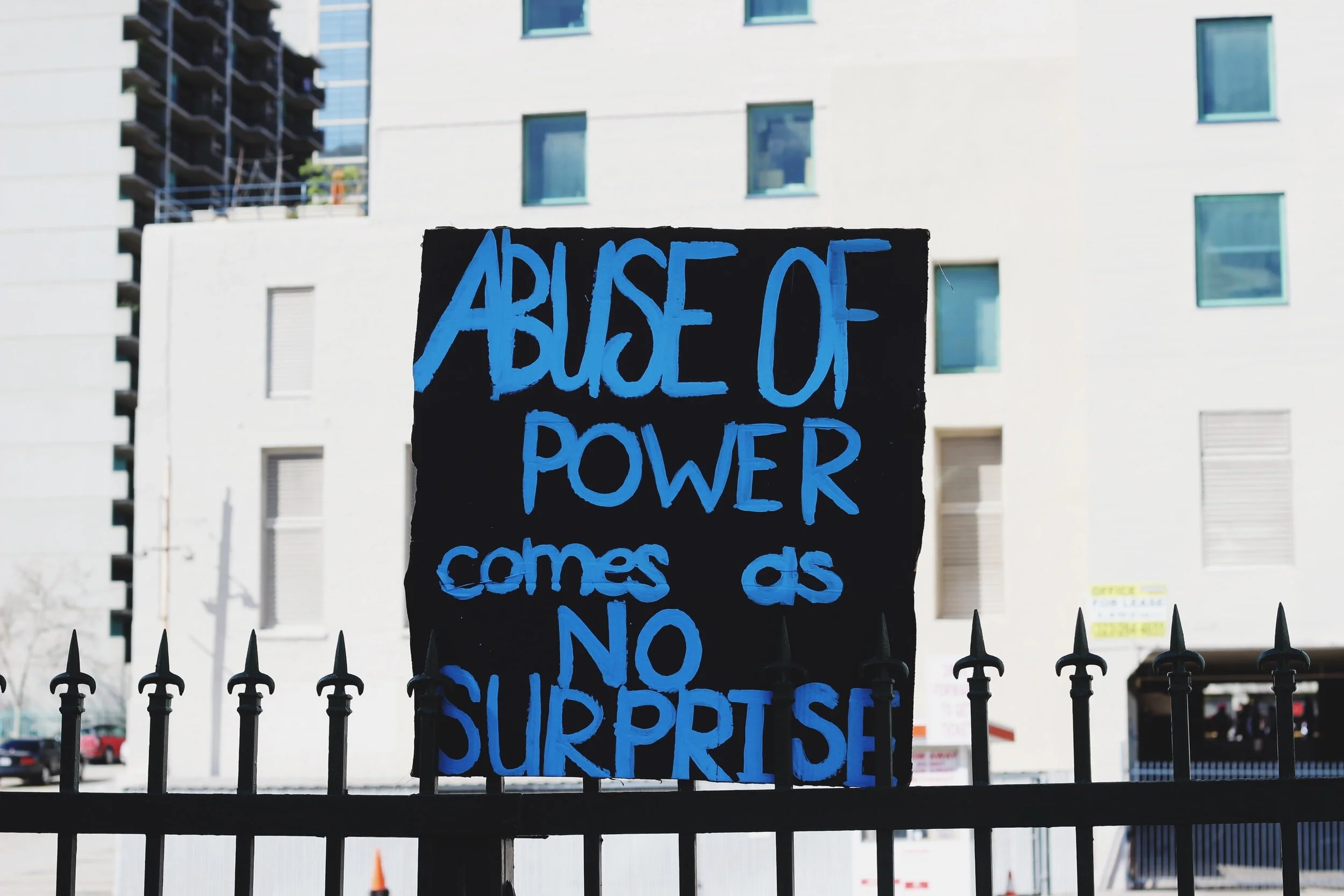Clubhouse Social Media & How To Reduce Big Tech Risk
“Power tends to corrupt, and absolute power corrupts absolutely.”
Lord Acton
I’ve had chills these past few weeks watching Facebook, Twitter, Google, and Amazon playing God about which businesses can play on their platforms.
Interestingly, all these platforms were happy to receive the millions of dollars in political party advertising. Yet now that the spend-fest is over, they can delete a social media empire that has millions of followers and took millions of dollars to build in just a nanosecond.
Poof.
Don’t think it can’t happen to your company.
It can.
To some extent, it probably already has. (For example, every time one of your ads gets rejected for some obscure policy violation that bears no relation to your advertising whatsoever, you may be experiencing this sort of covert censorship.)
Here are three risk-mitigation strategies we’re using to protect our private clients that you can apply to your own business:
1. CONVERT YOUR SOCIAL MEDIA FOLLOWERS TO PROSPECTS ASAP
Many people erroneously believe that social media followers are their customer base.
They are not.
Their data doesn't belong to you. It belongs to Mark Zuckerberg or Jeff Bezos.
Putting it another way, having a million Facebook followers is the equivalent of a steady line of cars drive past your storefront every day. The drivers know your business is there. They see your business. But they’re a long way from parking their car and coming into your store with their wallets open.
In other words, social media followers are really just people with a vague interest in your business.
They are not your customers unless you have their personal contact info, their names, emails, and addresses.
They are not even your prospective customers because you don’t yet have their email.
But they are still important to your business because they’re a traffic flow.
Now, more than ever, your social media efforts should focus on giving away things of value to followers in exchange for an email.
That way their data becomes your data. You can then contact them and market to them on your own terms.
Here’s the best way to convert your social media followers to email addresses:
Create a series of free give-aways that is of a high perceived value to them and low (or no cost) to you. These offers should be as bold and irresistible as possible. They should also ideally relate to your core product and services. Free anything still works like gangbusters, as does giving away money (by way of gift vouchers), with a deadline to use by. Free reports, free ebooks, free access are also great ways to grow your email list.
2. RAMP UP YOUR EMAIL MARKETING
The flip side of exploding your email list is having a strong enough email marketing campaign to be able to continue to build relationship with your prospects and move them along your sales funnel in a way that’s actually helpful and not annoying.
Email marketing continues to be our agency’s highest converting form of advertising across the board. Our average open rate per campaign is a whooping 23% with our highest to date being 51% (industry average is 2.2%). This is because our marketing always focuses on building relationship first. Establishing trust. NOT pushing to make a quick sale.
If you’re not using email marketing as a core staple of your marketing engine, you are missing out on a goldmine.
There are many ways to do this effectively, such as having a weekly newsletter, sending “personalized” email campaigns to prospects who have expressed an interest in a certain product line, or sending a monthly promotion.
Remember that while the frequency is important, what’s more important is the content and messaging.
Make it fun.
Infuse it with personality.
In these stressful times, getting people to laugh goes a long way.
Make every email campaign reflect the brand personality of your organization and ensure its goal is always to help.
3. EXPLORE NEW PLATFORMS LIKE CLUBHOUSE.
Like a sleuth with an ear to the ground, you have to keep a constant eye on where your customers and prospects are hanging out -- or migrating to.
For example, in the last two weeks Telegram, a secure chat platform, grew its user base to 500 million as people made a mass exodus away from Twitter and Facebook.
Another up-and-coming social media platform you need to know about is called Clubhouse.
It’s a new, voice chat-based app that is still in its beta phase but already has a valuation of $100 million (and it hasn't even been released to the public yet).
With the app, users can enter into different rooms to listen or participate in a conversation -- they can join one big conversation or break off into side conversations. They’re able to see who else is there and can view their profiles. The conversations are not recorded and can only be listened to in real time before they disappear. Part of the apps appeal is that it mimics parties and gatherings which have been non-existent during the pandemic.
Celebs like Oprah, Kevin Hart, Jared Leto, and others are already on it which should tell you something about how quickly this will go viral.
As it’s still in the beta phase, access to Clubhouse is by invite only, but you can get in now and reserve your handle before the masses arrive.
Speaking of voice-based apps, did you know that voice searches currently make up over 50% of all internet searches?
This is another fast-growing way to get your brand, and your company, discovered online, but that’s another blog post for another day (next week).
BIGGEST TAKEAWAY
Your social media following is a customer base built on sand. Convert it to a solid foundation by getting as many emails as possible and taking the marketing conversation onto email - a platform you fully control.


